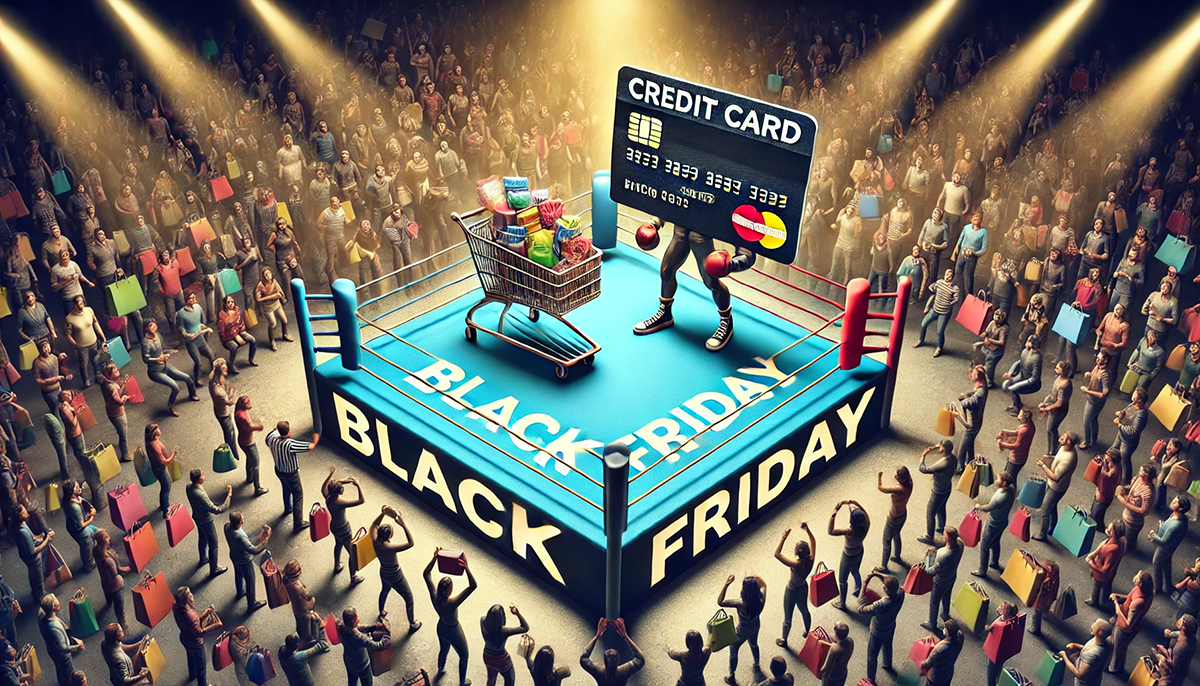content
Are Google’s automated solutions enough to benefit from the discount season, such as 11.11, Black Friday, or Cyber Monday? According to public statistics, this one sees a 200% increase in traffic on e-commerce sites, and consumers in the US spent a record $9.8 billion during Black Friday in 2023. Marketplaces usually extend the period of promotional offers, so discounts start 1-2 weeks before the official date, which means that the whole of November every year is a continuous period of discounts, for which a PPC specialist should prepare in advance.

Google Standard Shopping vs. PMAX (Performance Max) Campaigns: key differences
In the assortment of different types of advertising campaigns, the most optimized for sales are Standard Shopping and PMAX, which achieve the desired number of conversions using similar methods but different management approaches.
Standard Shopping Campaigns.
Advantages:
- Control:
- Advertisers have more control over bids, keywords, budgets, and campaign structure.
- Transparency:
- Detailed reports at the product and keyword level. It is easier to evaluate the effectiveness of individual products.
- Query-based targeting:
- Focusing on search queries ensures that ads are relevant to customers.
- Easy integration:
- Easier to integrate with separate strategies for specific products or regions.
Disadvantages:
- Limited reach:
- Ads are shown only on the Google search network and the Shopping tab.
- Time-consuming:
- More effort is required to set up and optimize.
- Lack of automation:
- Less use of automatic algorithms to improve results.
Performance Max (PMAX).
Advantages:
- Automation:
- Uses machine learning to automatically optimize bids, audiences, and channels.
- Wide reach:
- The campaign covers all Google Ads channels (Search, YouTube, Gmail, Display, Discovery).
- Audience targeting:
- Uses audience signals to improve targeting.
- Less manual intervention:
- Ideal for businesses with little time or experience in managing campaigns.
Disadvantages:
- Low transparency:
- It’s hard to understand how the budget is allocated and which channel delivers the best results.
Less control: - Inability to influence keywords or manually adjust targeting.
- Not always optimal for a narrow niche:
- Automation may not be as effective for specific products or markets.
- It’s hard to understand how the budget is allocated and which channel delivers the best results.
To summarize, both methods are eligible for simultaneous use in one Google account, but the low speed of artificial intelligence’s response to changes, especially during the sales season, requires manual bidding adjustments and the launch of other creatives designed to highlight the fact of the Black Friday sale.
How to optimize Black Friday campaigns?
To save time, we will deliberately omit a detailed description of the process of setting up a product feed in Merchant Center, but this information has already been covered in ADV Advantage blog articles, so we welcome you to read them. Let’s assume that you already have a configured feed of products sold through available Google channels. Let’s look at the main recommendations for improving your ads during specific sales periods.

Modify the feed for discount notifications
The main thing for product cards is a concise title and description that should provide accurate information about the product the user is looking for. Since there is high competition, the price is often the decisive factor, which will be discussed later. For now, focus on adding keyword phrases to your titles, such as Black Friday, Black Friday discounts, and so on. This will allow you to reach the audience that is primarily interested in promotional offers for products they might want to buy.
Testing bidding strategies
Sales are a great time for testing, as successful decisions among conservative competitors can convert marketer’s courage into conversions. Try adjusting the % ROMI value for high-margin product groups and monitor the result. In this process, the main thing is not to go beyond the daily budget, as Google advertising campaigns lose their effectiveness when approaching it.
CTR and image quality
The visual component is increasingly influencing customer behavior, so it’s time for vivid images that will increase CTR. These can be additional elements on product photos, such as gift boxes, banners with a % discount, and other creative ideas that separate you from your competitors. You can also try to change the background of the images from white to a more attractive and noticeable one among similar offers, but keep in mind the image quality requirements and Google’s policy.
Since the moderation period for feed images can take weeks, create an additional holiday feed in advance, as Merchant Center rules allow you to operate several product feeds for one company.
Combining Standard Shopping and PMAX
We have already written that the best solution is to use Standard Shopping and PMAX advertising campaigns simultaneously, but there are a few nuances. Since PMAX uses intelligent bidding, i.e., it targets users from Google products who are more likely to make a purchase, you should set a lower CPC for Standard Shopping. This will help avoid internal competition and open up the possibility of reaching cheaper traffic, both for high-margin and not particularly relevant products. Sometimes especially “warm” users during the holiday season can bring a large number of conversions.

Attracting a new audience
Since Standard Shopping and PMAX are key campaigns for generating conversions, during the discount season, you should allocate an additional budget to reach the so-called cold audience, which is not familiar with your brand or is not yet ready to buy. The methodology is simple: you showcase holiday creatives, form a relevant audience segment, and then set up remarketing within the main campaigns in your account. Let’s take a look at the advantages and disadvantages of other types of Google advertising campaigns for this task.
1. Display Campaigns.
- How it works:
- Show graphical ads on Google partner sites that are relevant to the audience’s interests.
- Strategies:
- Thematic targeting:
- Customize impressions for categories related to your products, such as electronics, fashion, or gifts.
- Cold audience remarketing:
- Use lookalike lists based on your existing customers.
- Audiences by interest:
- Target audiences interested in sales or holiday gifts.
- Thematic targeting:
- Advantages:
- Wide coverage.
- Relatively low cost per thousand impressions (CPM).
2. Discovery Campaigns
- How it works:
- Graphic and video ads are shown in Google feeds (YouTube, Gmail, Google Discover).
- Strategies:
- Vibrant creatives:
- Use high quality images with clear calls to action, such as “Up to 70% off”.
- Need-based advertising copy:
- Emphasize the limited nature of the offer: “Only for Black Friday!”.
- Engagement through emotions:
- Demonstrate the benefits of products in real-world use.
- Vibrant creatives:
- Benefits:
- Reaches an audience that browses information passively.
- Convenient format for presenting discounts.
3. YouTube Campaigns
- How it works:
- Video ads are shown before, during, or after YouTube videos.
- Strategies:
- Bumper Ads (6-second videos):
- Create short, dynamic ads with a key message about a sale.
- TrueView for Reach:
- A video that a viewer can skip after 5 seconds. It’s important to get them interested in the beginning.
- Audiences by interest:
- Target audiences that are interested in products similar to yours.
- Bumper Ads (6-second videos):
- Benefits:
- Effectively attracts attention through video.
- High emotional engagement.
4. Local Campaigns
- How it works:
- Promote promotions for stores nearby through ads on Google, Maps, and YouTube.
- Strategies:
- Special promotions for local customers:
- For example, “20% off only in this store!”
- Geographic targeting:
- Customize your ads for users within a certain radius.
- Special promotions for local customers:
- Benefits:
- Helps to attract the audience to physical points of sale.
- Combination of online and offline.
Conclusions.
Google Shopping is not only advertising, but also an opportunity to create an effective growth strategy for your business.
- Use Standard Shopping if control and transparency are important, especially for highly specialized products.
- Choose PMAX if you need a wide reach and automation to achieve large-scale results with minimal effort.
The best strategy may be to combine both types to balance automation and manual control. Don’t forget to constantly test different management approaches and experiment to maximize profits at the time when users are most active and ready to spend on products that have been in the “Wish List” for months.
Subscribe to our newsletter



